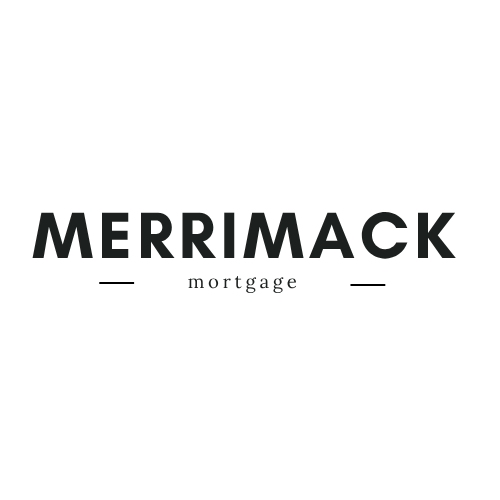The Public Bank Fix: A Real Solution or Just Another Pipe Dream?
How I Stumbled Into the World of Public Banking (Accidentally, of Course)
Let me set the scene: I’m sitting at my buddy Greg’s kitchen table, half a beer deep, arguing about why banks are broken. You know the type of conversation—starts with a casual gripe about overdraft fees and suddenly you’re ranting about the 2008 financial collapse like it happened yesterday.
Greg, who fancies himself a contrarian (mostly because he still pays cash for everything), tosses out, “What we need is a public bank. Like a real one. Owned by the people.”
I rolled my eyes. “A bank? Run by the government? That’s rich.”
He just grinned. “Look it up. North Dakota’s had one for a hundred years.”
Well, damn. That sent me down a rabbit hole that night, and I didn’t resurface until 2 a.m. So if you’ve ever wondered if public banks are the fix to our broken financial system or just another bureaucratic Band-Aid, buckle up. I’ve got some thoughts.
What Even Is a Public Bank?
Imagine a bank that doesn’t answer to Wall Street, doesn’t pay out big bonuses to execs, and doesn’t gamble your deposits on the next big speculative bubble. Instead, it reinvests locally—in infrastructure, small businesses, renewable energy, schools. Sounds like fantasy, right? It’s not.
A public bank solution is, at its core, a financial institution owned and operated by a government—municipal, state, whatever. Think of it as your tax dollars doing something other than vanishing into the abyss. These banks partner with credit unions or community banks to fund public projects and lend responsibly without trying to squeeze every last drop of profit.
And yeah, North Dakota’s been doing it since 1919. The Bank of North Dakota (BND) isn’t some fringe experiment. It’s profitable, stable, and has arguably helped shield the state from multiple financial crises. No bailouts. No drama.
My “Aha” Moment (Or, Why This Actually Makes Sense)
So I’m reading through reports, watching some crusty C-SPAN replays (don’t judge), and it hits me: we’ve been sold the idea that banking has to be predatory. That fees are normal. That billion-dollar quarterly profits are just the price of doing business.
But that’s like accepting potholes as a feature of roads.
Public banks flip that logic. Instead of bleeding communities dry, they nourish them. You’ve got cities paying obscene interest to private banks to finance infrastructure. Why not cut out the middleman?
It’s not about handing the keys to Uncle Sam and hoping for the best. It’s about local control, transparency, and breaking free from the Wall Street leash.
Yeah, But What’s the Catch?
Let’s be real—every solution sounds dreamy until you scratch the surface. Public banks aren’t magic.
Setting one up? Not cheap. There’s red tape, regulatory hurdles, and you’re gonna tick off the banking lobby like you just insulted their mothers. They’ll scream “socialism” before you can say “municipal bond.”
Plus, governance matters. A badly run public bank is just a taxpayer-funded disaster waiting to happen. Think: cronyism, incompetence, mission drift. You’ve got to build it right—with transparency, oversight, and clear rules about what the bank can and cannot do.
There’s also the risk of mission creep. One day it’s funding affordable housing, the next it’s underwriting a new stadium for a billionaire sports owner. Without guardrails, the whole thing goes sideways fast.
I Talked to a City Councilmember. Here’s What Blew My Mind.
Okay, I didn’t mean to get this deep into it, but when you start following the money, you get curious. I emailed a city councilmember who’d supported a feasibility study for a public bank in her town (not naming names, but you’d recognize it). She replied.
Her words? “If our city had its own bank, we could save millions every year in fees and interest alone. That money could go toward schools, affordable housing, and actual services. But the opposition is fierce.”
It’s always about control. The current system works great—for the people already at the top. They don’t want competition. Especially not from an institution that doesn’t care about maximizing shareholder value.
What Public Banks Could Actually Change
If implemented the right way, a public bank could do more than just save a few bucks. It could actually shift power. Here’s what that might look like:
-
Municipal Savings: Cities could finance their own infrastructure projects at lower interest rates.
-
Small Business Lending: Local entrepreneurs—especially those ignored by big banks—could get access to affordable credit.
-
Disaster Resilience: Public banks aren’t driven by panic and profit. They can provide stability when things get rocky.
-
Community Control: Decisions are made locally, not in some glass tower in Manhattan.
-
Financial Justice: Redirect profits into public good, not private yachts.
Final Thoughts: A Revolution in the Slow Lane?
Here’s the rub: public banks won’t change everything overnight. But they might be the kind of slow, steady revolution we need.
It’s not sexy. It’s not flashy. But it’s real. The kind of fix that doesn’t make headlines but makes a hell of a difference over a decade.
And yeah, it’s not perfect. It needs watchdogs, serious governance, and civic pressure. But tell me—when was the last time your mega-bank reinvested in your kid’s school or your neighbor’s plumbing business?
Exactly.
Key Takeaways
-
Public banks are government-owned financial institutions that reinvest locally.
-
The Bank of North Dakota proves they can be profitable and crisis-resistant.
-
Public banks can reduce municipal debt costs and boost local development.
-
The biggest challenges? Red tape, political resistance, and banking lobby pressure.
-
With the right structure and oversight, they can reclaim power from Wall Street and put it back in the hands of communities.
So yeah, maybe Greg was onto something after all. I owe him another beer. 🍻
